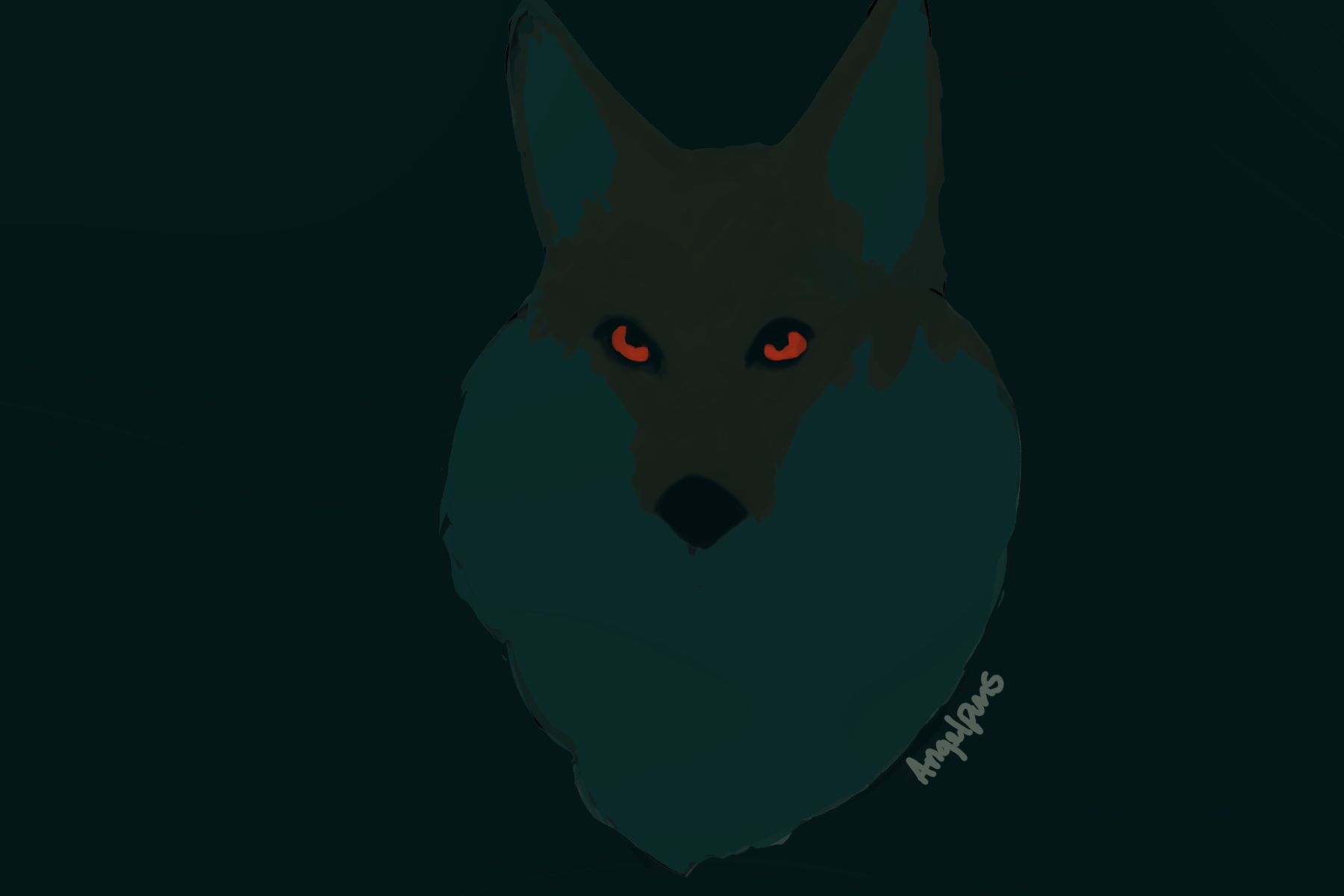Fans can conjure the image: a slowly swerving spaceship hurtles toward the Earth before catching fire, and a moment later it tears through the atmosphere amongst cacophonous screeching. There, bursting through the screen and dominating your attention, are the hauntingly boldfaced words “John Carpenter’s The Thing.”
Perception of John Carpenter’s 1982 sci-fi-horror film “The Thing” has drastically changed since its fateful opening run in theaters. Upon its initial release, fans preferred a different alien-based movie, “E.T. the Extra-Terrestrial,” and a number of critics labeled the “The Thing” gaudy and visually repulsive. However, as time passed, more and more cinephiles came to recognize the movie for what it truly is: a pinnacle of horror and visual effects.
“The Thing” was actually a remake in its own right, emerging from the wake of “The Thing from Another Planet” (1951). Both films paid homage to John W. Campbell Jr.’s acclaimed 1938 sci-fi novella “Who Goes There?,” which told the tale of a shape-shifting extra-terrestrial crashing into a research station in Antarctica.
Although not as popular as today’s blockbusters, Carpenter’s tireless classic has earned its place as one of the best in its industry. You may have even seen it on lists of the best horror movies ever, such as Film School Rejects’, where it snags the top spot.
Movie buffs may know that Carpenter’s “The Thing” spurred a 2011 prequel under the same name. However, the new addition, directed by Matthijs van Heijningen Jr., was at best a pale imitation of its predecessor and ultimately failed to evoke the same level of anxiety that the 1982 film radiated.
Following “The Thing” (2011), the franchise seemed dead in the water, yet new life may be just over the horizon after Carpenter turned heads with an unexpected official sequel to his 1978 classic “Halloween,” which released in 2018 under the same name. “Halloween” (2018), despite being released a staggering 40 years after Michael Myers first graced the big screen, successfully circumvented a myriad of cringeworthy installments in the process of becoming a well-deserved sequel.
The new movie was surprisingly fresh and relevant, artfully displayed Carpenter’s trademarks and received favorable marks from critics, including an 80 percent from Rotten Tomatoes. With 2022 approaching — 40 years after Kurt Russell took the screen in “The Thing” (1982) — consideration should be given for a true, 2011-ignoring sequel.
Now, before fans of the 1982 film cause a ruckus, it is entirely possible to produce a sequel that does not interfere with the famously disputed ending to the film. (If you don’t know what I’m talking about, stop reading and go watch the film!) No definitive answer to the obscure final minute needs to be presented for the film to work; as far as the audience knows, it is almost inevitable that the anthropomorphic, mimicking alien froze in the ice again. Sadly, Russell could not reprise his iconic role as R.J. MacReady in a new film, as it would spoil the ambiguous ending of the 1982 installment.
That being said, a quality new addition to the franchise could succeed on a number of levels. The elements of the 1982 version that assured its survival are as in demand today as ever. In a day and age where people professionally and extensively scrutinize films, a proper psychological thriller of this notoriety could be a smash hit.
Unlike most other horror films, Carpenter’s “The Thing” (1982) progresses slowly and steadily, captured in Ennio Morricone’s nerve-shattering score; instead of crescendoing to barely palatable jump scares, the steady bass line stays true to itself. In an industry preoccupied with producing cheap, store-bought thrills instead of gourmet terror, a similarly slow-thudding sequel to “The Thing” could be monumental — provided it keeps the same DNA as Carpenter’s underappreciated classic.
Another key component a sequel should emphasize is lighting. The way light reflects off characters’ eyes has been central to the development of several theories, which revolve around the presence of a small white dot — the reflection of the light — in characters’ eyes who are still human. While this theory remains just that, the care and precision that Carpenter took to include such a small detail would drive modern film critics wild.
Ridiculous as it may seem, quality dog acting is another staple of the 1982 adaptation that a sequel should stay true to. Instead of a feel-good canine hero that braves the storm of calamity, the dogs in “The Thing” play an integral role in suspense, exceeding them barking at a stranger or empty room, or refusing to enter a house; in Carpenter’s classic, almost ten minutes of the film follow a dog’s movements into and out of the American research facility. You can even see tension building in one of the dogs as it is forced back into the pen.
Another key aspect that a sequel should preserve is an understanding of what makes it horrifying. Although some would look to the menacing alien playing a deadly game of cat and mouse, most viewers remember Carpenter’s “The Thing” because it deals with the paranoia of people facing extreme uncertainty. Not all characters fall prey to the extra-terrestrial; they all, however, succumb to fear. In the immortal words of Russell’s R.J. MacReady, “Nobody trusts anybody now.”
The most obvious trademark a sequel would require is the overall feeling of uncertainty. Although many of today’s horror films have tried to replicate this and failed miserably, the success of the recent “Halloween” suggests that Carpenter could accomplish the tall task, provided he is allotted the necessary time and budget.
In the 1982 version, most characters suffered from a lack of sleep and an excess of alcohol, which made many viewers question if what they were seeing was reliable, leading to a bevy of theories about the movement of the alien. Who can be trusted? Who is infected? The unknowns of the film help drive the characters’ paranoia into the audience, and any true Carpenter sequel would need to tap into that same quality. Themes of the unknown, quite literally, will make or break a sequel.
Perhaps the most obvious face-lift a sequel would need is the look of the alien itself. While the practical effects used in “The Thing” (1982) were astounding for its time, modern viewers might struggle with the over-the-top presentation. Yet, as “The Thing” (2011) demonstrates, moving to a far more CGI version may be a step in the wrong direction, so if a sequel is to be made, an extensive budget should be allocated to modern special effects.
In the end, how John Carpenter chooses to handle a sequel to “The Thing” (1982) is entirely up to him. Whether it be another research station or the movement of the alien’s frozen blood to a laboratory in the states, a world of opportunity is in the hands of one of horror’s most famous directors. Fans will just have to wait for 2022 to see what he does with it.
















